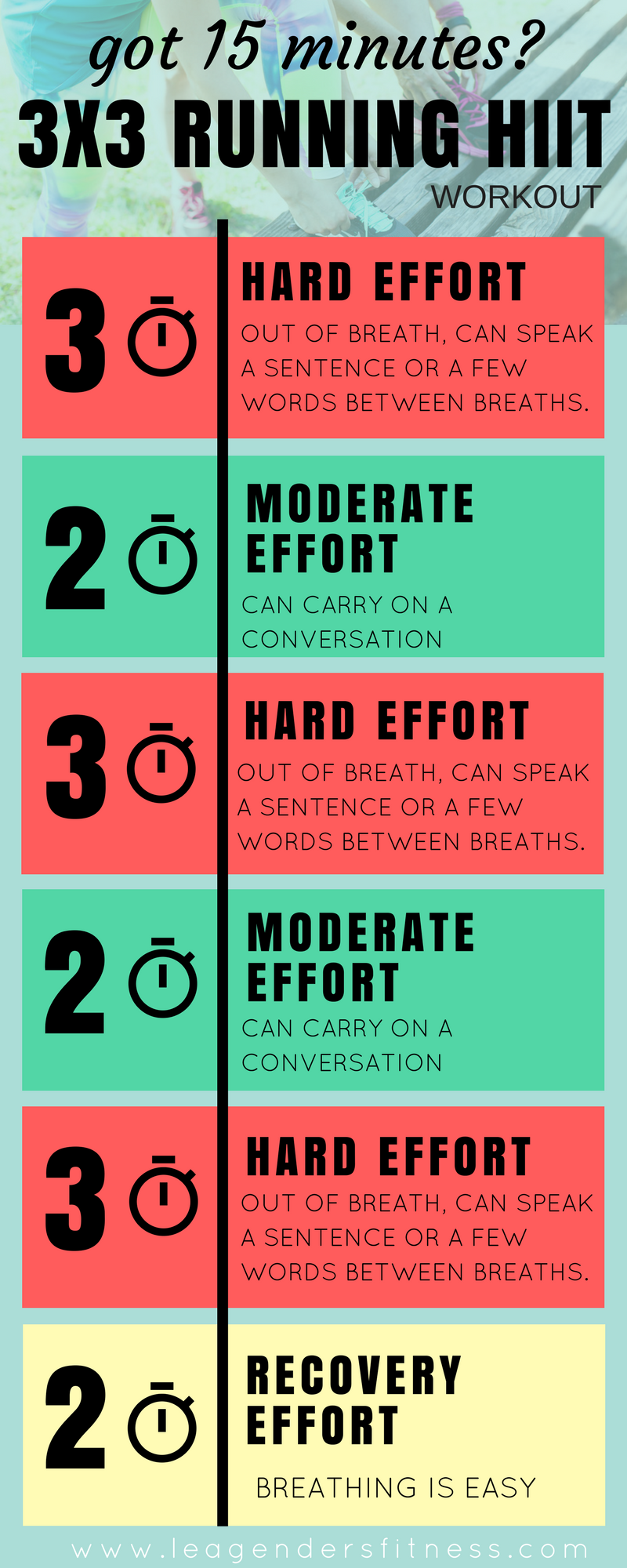The Ultimate Guide to Taking Care Of Discomfort When Running
For joggers, experiencing pain during runs is not uncommon, and knowing exactly how to successfully take care of and stop it can make a significant difference in your general performance and enjoyment of the sport. Whether you are a skilled marathoner or simply beginning your running trip, understanding the various sorts of pain that can develop and the techniques to resolve them is crucial. From pre-run warm-up routines to proper footwear selection, there are countless elements to consider when it involves dealing with pain while running. This extensive guide will equip you with the knowledge and devices needed to navigate through the discomfort and encourage you to attain your running objectives with better ease.

Comprehending Different Sorts Of Running Discomfort
When running, it is important to compare various kinds of pain to stop injuries and maximize performance (Read More). One usual kind of pain that runners might experience is muscular tissue discomfort, which normally develops from the anxiety placed on muscles during workout. This type of pain is usually a regular part of the running process and can be handled via proper workout, cool-down, and extending routines
One more type of discomfort to be familiar with is joint pain. Joint discomfort can indicate concerns such as overuse, improper type, or underlying problems like arthritis. Neglecting joint pain can result in extra severe injuries, so it is critical to address any type of pain promptly and perhaps seek expert suggestions.
Additionally, sharp or stabbing pains must not be overlooked. These types of discomfort can signal severe injuries such as stress, strains, or stress and anxiety fractures - running workout. Proceeding to go through these kinds of pain can worsen the injury and prolong healing time
:max_bytes(150000):strip_icc()/running-longer-or-faster-31e97070bda14ffc8afdea52094504c7.jpg)
Pre-Run Warm-Up and Extending Routine
To prepare the body for a running session, applying a reliable pre-run workout and extending regular is important. An appropriate warm-up assists boost blood circulation to the muscular tissues, boosts flexibility, and decreases the risk of injury during the run. Begin with dynamic stretches like leg swings, arm circles, and high knees to gradually raise your heart rate and chill out the muscle mass. Dynamic extending aids resemble the activities you'll be doing while running, preparing your body for the task in advance. Follow this with fixed stretches concentrating on significant muscular tissue teams such as the hamstrings, quadriceps, calf bones, and glutes. Hold each stretch for regarding 15-30 seconds without bouncing to promote muscle relaxation and flexibility. Remember to pay attention to your body and readjust the strength of your workout based upon your fitness level and any kind of pre-existing problems. By integrating a regular pre-run workout and stretching routine into your running routine, you can optimize efficiency and reduce the threat of discomfort or injury.
Appropriate Footwear Choice and Fit
Selecting ideal footwear that fits well is crucial for joggers to avoid pain and decrease the threat of injuries. Ill-fitting footwear can result in sores, black toenails, shin splints, and various other agonizing conditions that can hinder efficiency and sideline training. When selecting operating shoes, it is important to think about variables such as foot type, running gait, arch support, cushioning, and footwear size. running strategy. Visiting a specialized running store for a gait evaluation and specialist fitting can assist ensure that you choose the right footwear for your individual requirements. Running footwear need to supply adequate support and security while additionally fitting and light-weight. In addition, it is recommended to replace your operating footwear every 300-500 miles to maintain appropriate padding and assistance. Buying high-grade footwear that is suitable for your running design and foot makeup is a proactive step in the direction of preventing discomfort and injuries throughout your runs.
Nourishment and Hydration Tips for Discomfort Avoidance
:max_bytes(150000):strip_icc()/effective-30-minute-running-workouts-2911891-0927-70272e09ac83449cadb9f1ce51656c0c.jpg)
Hydration is just as essential for joggers to stay clear of cramps, dehydration, and various other discomforts that can lead to pain during running. It is advised to consume an adequate amount of water throughout the day and especially in the past, throughout, and after running sessions. Electrolyte-rich drinks or sports drinks can additionally be valuable for renewing shed minerals and maintaining correct fluid balance. running strategy (Read More). By prioritizing nourishment and hydration, runners can improve their performance, decrease pain, and delight in a more comfy running experience.
Post-Run Healing Techniques to Relieve Pain
Applying reliable healing methods is important for minimizing pain and advertising muscle recuperation after running sessions. Additionally, topping aching locations for 15-20 minutes can assist minimize inflammation and numb pain post-run.
Moisturizing effectively post-run is important for replenishing fluids lost throughout exercise and helping in muscle mass recuperation. Consuming a balanced snack or dish that includes healthy protein and carbohydrates within half an hour of ending up a run can assist repair muscle mass tissue and replenish energy stores. Furthermore, getting enough remainder is essential for permitting the body to Visit Your URL fix and strengthen muscular tissues. Including active healing activities such as light strolling or swimming can also assist advertise blood flow and minimize muscle mass stiffness - Read More. By integrating these post-run recuperation strategies into your routine, you can efficiently handle pain and enhance your running performance.
Conclusion
To conclude, addressing various kinds of running pain with correct workout, extending, footwear choice, nourishment, hydration, and post-run recuperation methods is essential for discomfort avoidance and monitoring. By understanding the root causes of discomfort and implementing these techniques, runners can reduce pain and prospective injuries. It is critical to prioritize overall physical health and health to ensure a successful and satisfying running experience.
Comments on “Maximize Your Running Workout: Specialist Strategies Unveiled”